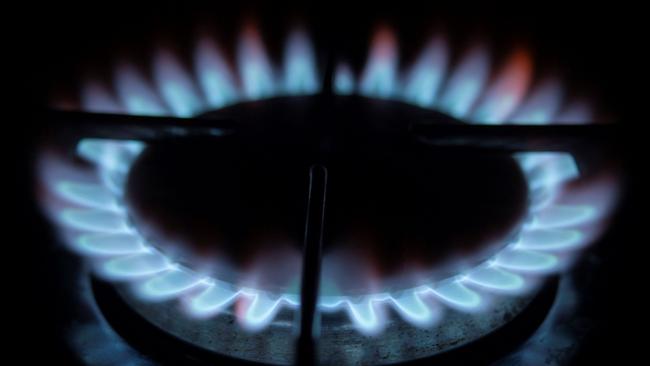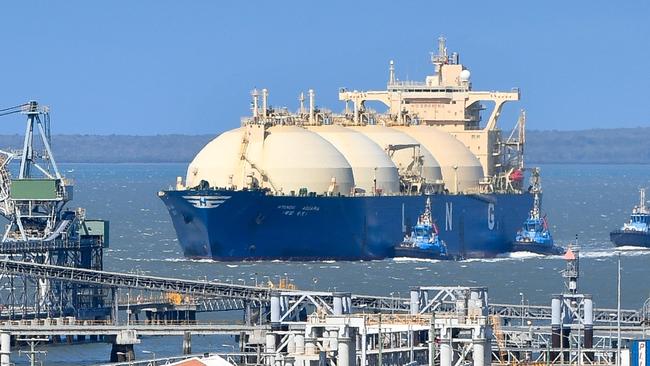Federal election fires up burning issues for Aussie gas
Scott Morrison’s ‘gas-fired recovery’ faces challenges, but the fuel is going to remain a big part of our energy mix. And that means opportunities.

The “gas-fired recovery” was first spruiked by Prime Minister Scott Morrison back in September 2020 as a measure to make energy affordable and to support jobs as part of Australia’s recovery from the recession brought about by Covid-19.
Predictably, green groups criticised the plan as an enabler for the fossil fuel industry at a time when the world is making a serious effort to decarbonise.
Since then, Minister for Industry, Energy and Emissions Reduction Angus Taylor has taken the lead in promoting the gas-fired recovery plan, saying that investing in gas resources is crucial to ensure that the same gas crisis that rocked Asia and Europe in 2021 (and is continuing thanks to the Russian invasion of Ukraine) is not repeated here.
He has also sought no less than three times – unsuccessfully – to change the remit of the Australian Renewable Energy Agency, which would allow the funding body to invest in technologies such as blue hydrogen and carbon capture and storage.
Comparisons with the European situation, however, are disingenuous. While Australian gas production is certainly declining, it doesn’t change the fact we are a gas exporter.
Should there be a need for Australia to secure its gas supplies, there is little doubt that exports will be the first thing to go.
The state of the gas-fired recovery
First off, the idea that any gas-fired recovery will result in affordable gas is a fallacy at best. There is no affordable or cheap gas to be had.
Gas prices have been on an upward trend for some years now and besides a rogue decrease in 2020-21 thanks to Covid-19, the average price of gas on the East Coast of Australia has steadily increased.
Expecting new gas supplies to reduce the price of gas is unrealistic as the first priority would be to replace declining production from older fields.
To top it off, most of the new gas basins the government is hoping industry to bring on line are sourced from coal seams or shales, both of which require – wait for it – fracture stimulation in order to produce commercial quantities.
Coal seam and shale wells (more so the latter) also come off their peak production faster than conventional gas wells, which necessitates more wells to be built in order to sustain production.
New basins will also require expensive infrastructure – one of the key areas the Morrison government has committed to supporting.
All this while much of the production from existing coal seam gas fields is locked up as feedstock for the giant LNG projects in Gladstone, Queensland.
Over in the West, the story is somewhat different.
Not only is WA disconnected from the rest of Australia, its domestic retention policy has ensured gas is available for the locals.
WA also has the growing Perth Basin, which given the number of successful exploration and appraisal wells in the last couple of years, could go a long way towards ensuring the state’s energy security.
The Perth Basin is also a conventional gas play. That’s a key differentiator from the eastern basins such as the Beetaloo, North Bowen, Galilee and Gunnedah.

Is gas still relevant?
Should the Morrison government secure re-election, its gas-fired recovery plan will continue apace, so we are likely to see little change there.
On the other hand, a Labor victory is likely to see a greater shift towards renewable energy and green hydrogen.
But, gas is not going to be demonised either.
There is next to no chance that a Labor government would cancel Woodside’s Scarborough project or any of the developments on the East Coast.
The projected reduction in gas shortage is very real and the fact remains that Australia is still reliant on gas as part of its energy mix and will remain so for years to come.
Gas stocks – a quick guide
With that in mind, here are some Australian-focused gas plays on the smaller end of the market that are certainly worth keeping an eye on regardless of which major party clinches victory.
Metgasco (ASX:MEL) and Vintage Energy (ASX:VEN) are partners on the Vali gas field in Queensland poised to come on stream very soon.
While not a giant field, Vali is still significant given it’s a conventional field close to existing infrastructure, clearly highlighted by how quickly the joint venture led by Vintage secured gas sales agreements.
Vintage also has interests in the Otway Basin, Victoria, the Galilee Basin in Queensland, and the frontier Bonaparte Basin in the Northern Territory.
Norwest Energy (ASX:NWE) has been on a tear since the September 2021 success of the Lockyer Deep-1 exploration well that it shares with operator Mineral Resources (ASX:MIN).
The well in the Perth Basin flowed gas late last month at an astounding sustained rate of 102 million standard cubic feet per day – one of the highest well test rates recorded onshore Australia.
Tamboran Resources (ASX:TBN) has a 25% stake in the Santos (ASX:STO) operated EP 161 where the Tanumbirini 2H and Tanumbirini 3H shale wells had flowed at normalised average rates of 39MMscf/d and 2.9MMscf/d respectively.
The success of this fracture stimulation program has given the company confidence in the prospectivity of its 100% owned EP-136, which will be tested by the Maverick-1H well that features a more advanced design than the Santos wells.
SUBSCRIBE
Get the latest Stockhead news delivered free to your inbox. Click here





To join the conversation, please log in. Don't have an account? Register
Join the conversation, you are commenting as Logout